The plugin has an implemented system mechanism (hook) that allows you to insert a watermark into a document while it is displayed.
Requirements
System version required PWFL: 3.2.149
Plugin version required PWE: 2.3.50
Plugin version required PCM (Plugin Configuration Manager): 1.0.0
An alignment determines which of the four corners of the document page the position of the watermark will be calculated from, based on the X and Y position values.
| Position | Description |
|---|---|
Top left corner of the page (TOP_LEFT)
| The watermark position in relation to the top left corner.
|
| Top right corner of the page (TOP_RIGHT) | The watermark position in relation to the top right corner.
|
| Bottom left corner of the page (BOTTOM_LEFT) | The watermark position in relation to the bottom left corner.
|
| Bottom right corner of the page (BOTTOM_RIGHT) | The watermark position in relation to the bottom right corner.
|
An anchor specifies a point in the watermark image relative to which the watermark position is defined based on the X and Y parameters.
| Position | Description |
|---|---|
| Top left corner of the watermark (TOP_LEFT) | |
| Top middle corner of the watermark (TOP_MIDDLE) | |
| Top right corner of the watermark (TOP_RIGHT) | |
| Left center of the watermark (CENTER_LEFT) | |
| Center of the watermark (CENTER_MIDDLE) | |
| Right center of the watermark (CENTER_RIGHT) | |
| Bottom left of the watermark (BOTTOM_LEFT) | |
| Bottom middle of the watermark (BOTTOM_MIDDLE) | |
| Bottom right of the watermark (BOTTOM_RIGHT) |
| Format | Description |
|---|---|
| AZTEC | High-density, alphanumeric two-dimensional matrix barcode that stores 2,832 numeric or 3,067 alphanumeric characters. It is built on a square grid with a shield in the center |
| CODABAR | A one-dimensional barcode with stripes of two different widths. It allows to encode the following characters: digits 0-9, '-', ':', '.', '$', '/', '+'. Code length: variable. In addition, it includes four additional symbols that represent start and stop signs. |
| CODE_39 | A one-dimensional bar code containing variable length alphanumeric characters with stripes of two different widths. The CODE_39 encoding uses 43 characters plus additional characters which are delimiters and start / stop characters. The start / stop character always appears as the first and last character of the code and is the '*' character.
|
| CODE_93 | One-dimensional barcode being an improvement of the CODE_39 format. There are stripes of four different widths. Like its prototype, it stores 43 alphanumeric characters, but additionally has 4 control characters (($), (%), (/), (+)), which are used to encode all 128 ASCII characters (CODE_93 Extended). The code accepts only uppercase letters unless control characters are used. |
| CODE_128 | Variable length, high density alphanumeric code. Can encode characters from the entire ASCII range. The coding uses a dash and a gap of four possible widths, which makes it a compact code. Code 128 can be scanned in either direction and there is no limit to the length of the code itself. |
| DATA_MATRIX | Variable length, high density alphanumeric code. It consists of square cubes arranged inside a search pattern that forms the perimeter of the symbol. It is characterized by the ability to save 3,116 numeric or 2,335 alphanumeric characters. |
| EAN_8 | A one-dimensional 4W barcode that has strips of four different widths. It consists of 7 digits of data and one check digit |
| EAN_13 | A one-dimensional 4W barcode that has strips of four different widths. It consists of 12 digits of data and one check digit |
| ITF | Self-checkable, linear, numeric barcode developed in 1972 by Intermec. It is a continuous code of variable length (max 16 digits), which is an extension of the 2 out of 5 codes, in comparison with which data compaction was achieved by coding the digits alternately in both white and black bars. |
| PDF_417 | Two-dimensional multi-storey alphanumeric continuous modular self-checkable bar code. |
| QR_CODE | Alphanumeric code, two-dimensional, with a very high capacity and density, which allows the encoding of 7089 numerical or 4296 alphanumeric characters. |
| UPC_A | A one-dimensional 4W barcode that has strips of four different widths. 12 digits are coded. Valid digits 0-9. Code length: 11 digits |
| UPC_E | A one-dimensional 4W barcode that has strips of four different widths. Coded characters: numbers 0-9. Code length: 6, 10, 11 digits (if 11 characters then it must be '0' at the beginning). |
Character encoding standards are available for selection for a watermark configured as text.
| Standard | Description |
|---|---|
| CP1250 | A code page for the representation of texts in Central European languages using the Latin alphabet, for example Albanian, Croatian, Czech, Polish, Romanian, Slovak, Slovenian, Hungarian. |
| CP1252 | A code page to represent texts in Western European languages. |
| CP1257 | A code page used to represent texts in Estonian, Lithuanian or Latvian. This set is largely compatible with ISO 8859-13, and is suitable for coding the Polish language. |
| MACROMAN | Character encoding mainly used in classic Mac OS to represent text. It encodes 256 characters, the first 128 of which are identical to ASCII and the remaining characters include math symbols, diacritics, and additional punctuation marks. It is suitable for English and several other Western languages. |

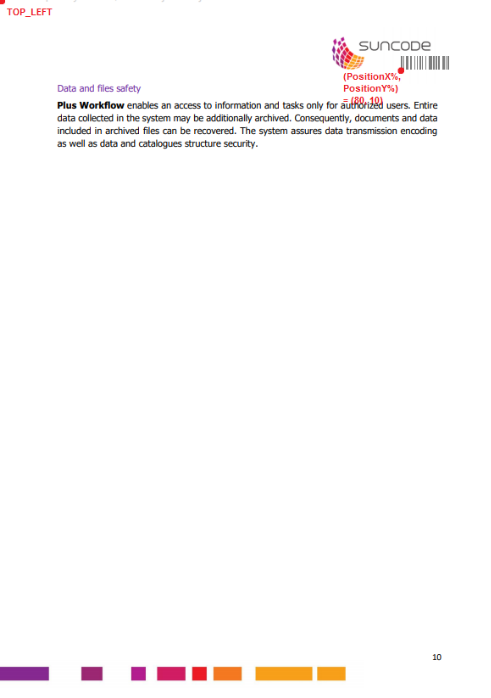
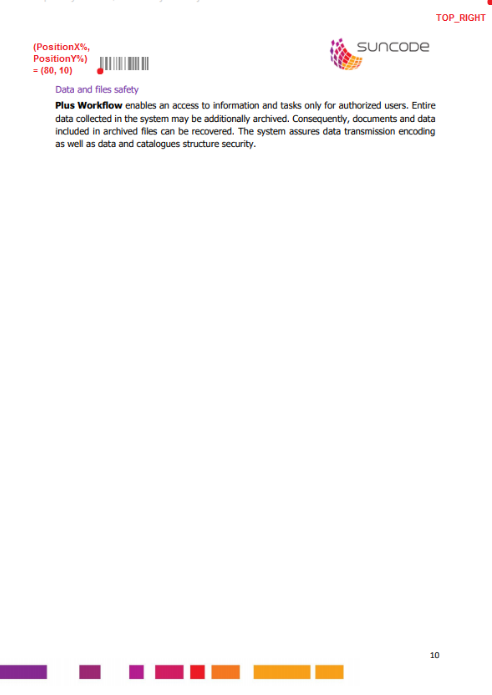
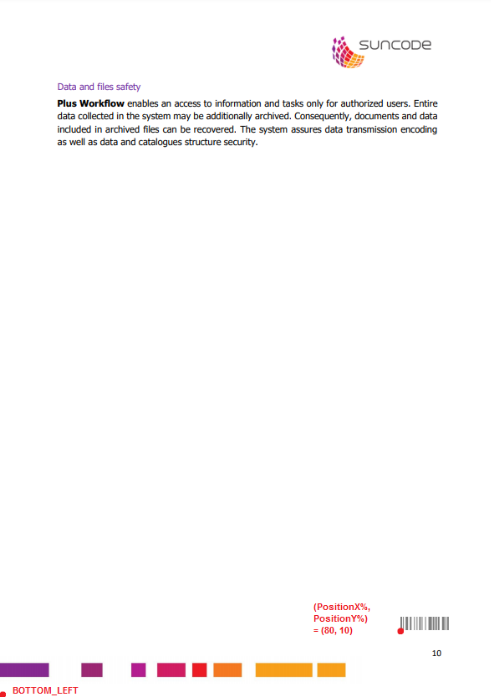
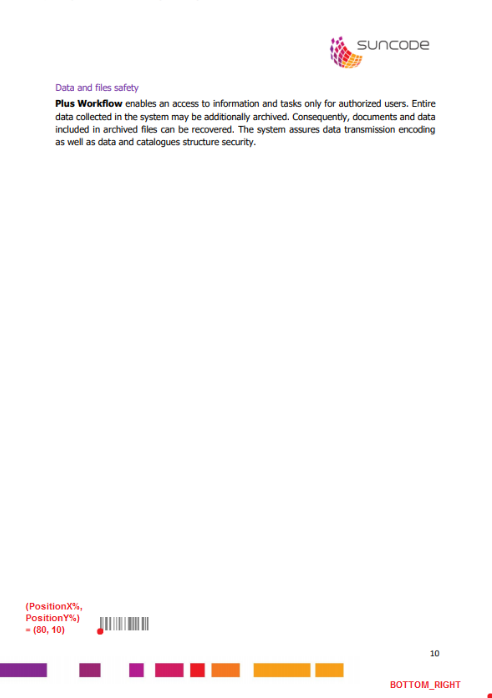









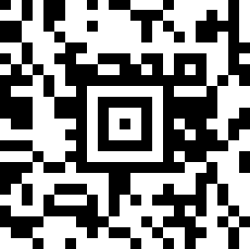
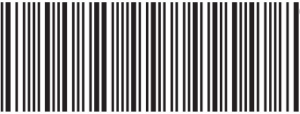



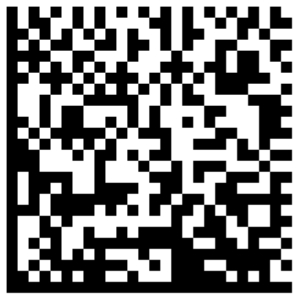

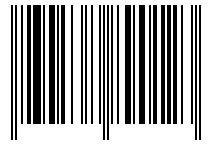

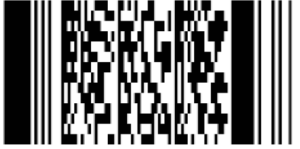
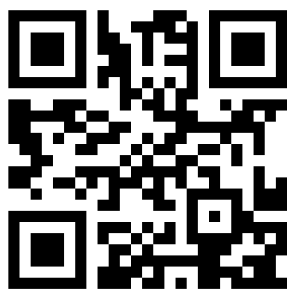

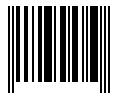
Add Comment